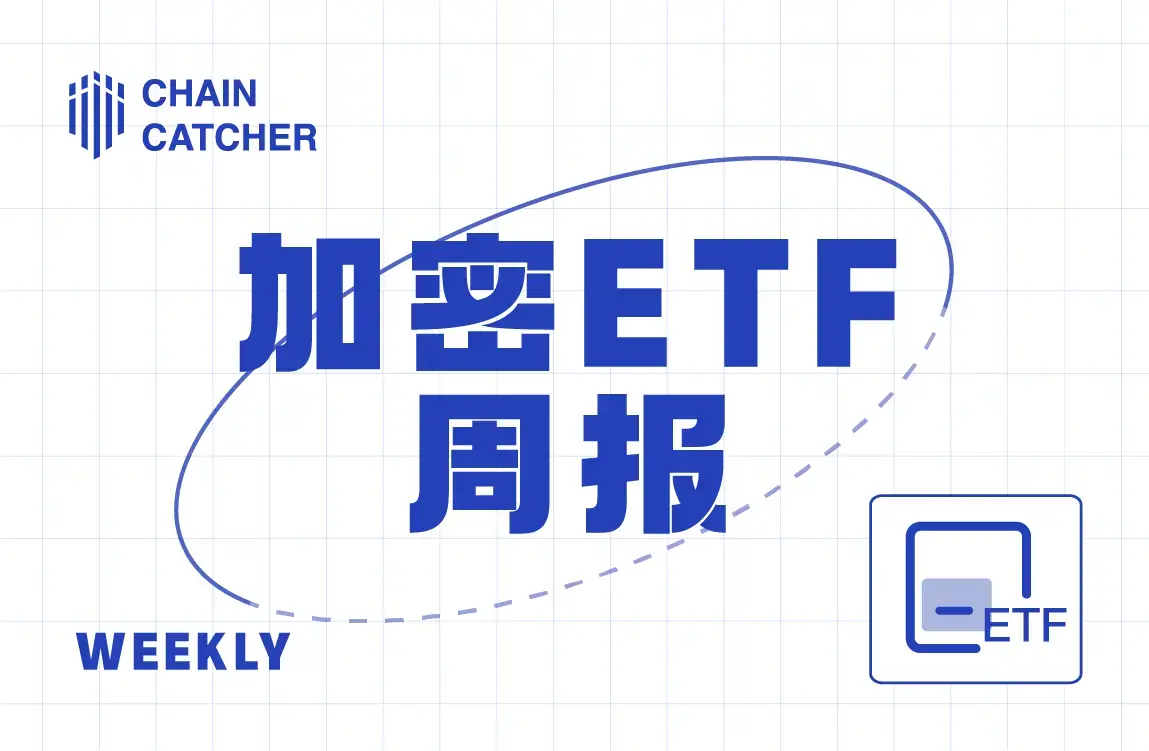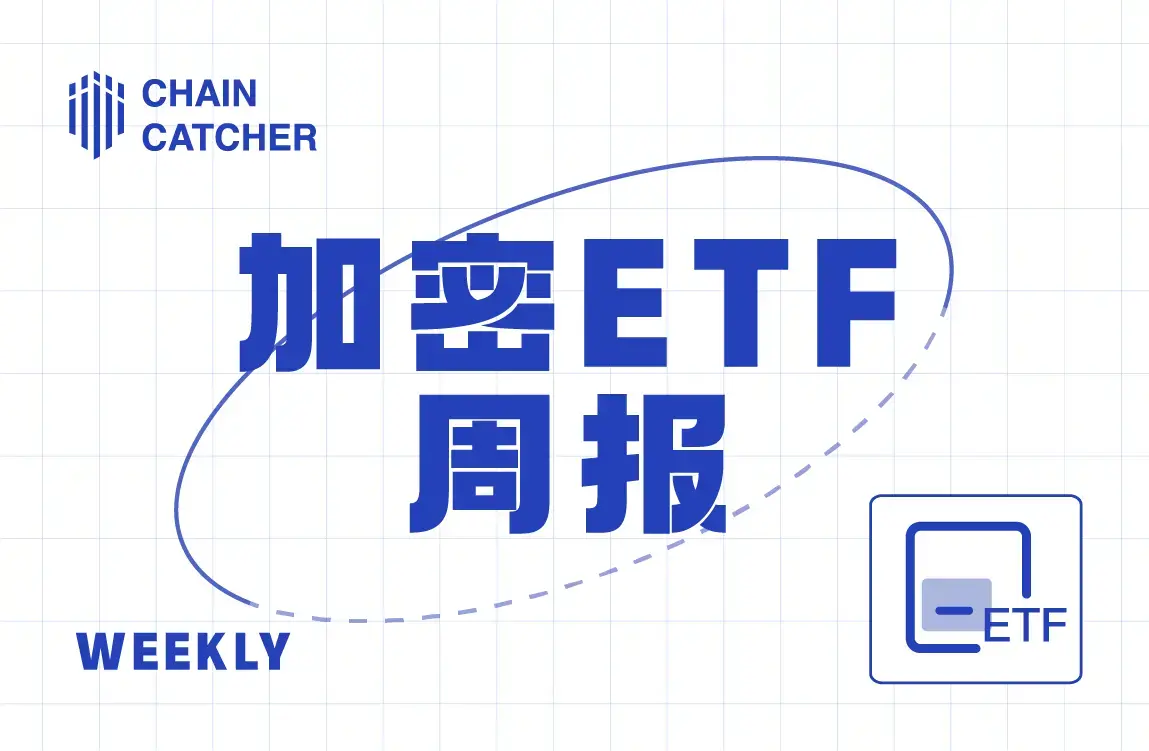Understanding Aurora in One Article: Ethereum L2 on NEAR
Original Author: Paul Veradittakit, Partner at Pantera Capital
Compiled by: Golden Finance
On December 3, 2021, Pantera Capital partner Paul Veradittakit published an article introducing the Ethereum-compatible developer platform Aurora on the NEAR protocol. The compilation is as follows:
Key Takeaways
One of the main obstacles to the transition of cryptocurrencies to a multi-chain ecosystem is the difficulty of developing applications on blockchains with different development environments. For example, developers who launch a project on Ethereum and wish to launch it on another blockchain must reconstruct their smart contracts from Solidity to the language of the other blockchain and must also consider a whole new set of technical vulnerabilities. These difficulties lead many developers to focus on a single blockchain to deploy their applications, resulting in complex trade-offs between factors such as asset liquidity, user scale, transaction speed, and scalability.
Aurora is a new Ethereum-compatible developer platform built on the NEAR protocol. Aurora allows developers to easily port Solidity smart contracts from Ethereum and launch them using NEAR's more scalable infrastructure, providing nearly 1-second block times and $0.01 transaction fees. The project consists of two main components:
- Aurora Engine: An Ethereum Virtual Machine (EVM) that allows Ethereum smart contracts (and many Ethereum developer tools) to run on NEAR.
- Aurora Bridge: A trustless protocol for transferring ERC20 tokens and ETH between Aurora and Ethereum, as part of NEAR's broader Rainbow Bridge.
Aurora has also built several additional features to further simplify application development between NEAR and Ethereum, including bridges for NFT transfers, price oracles, data indexers, AMMs, and more.
Several very popular projects on Ethereum have announced and begun efforts to launch on Aurora, including 1inch (a DEX aggregator), DODO (a cross-chain DEX), Aave (a non-custodial liquidity protocol), Curve (an AMM), SushiSwap (DEX), and Etherscan (a blockchain explorer).
Aurora was created by former members of the NEAR Protocol team, which spun off into an independent entity called Aurora Labs in July of this year. Project governance has been decentralized through AuroraDAO, composed of holders of the AURORA governance token. AuroraDAO maintains the project and includes a council that votes on high-level updates for Aurora, which are then executed by subordinate organizations.
Ultimately, Aurora enhances the functionality of dapps on Ethereum by allowing them access to NEAR's more efficient infrastructure and helps expand the NEAR ecosystem by launching several popular Ethereum-based projects on NEAR, bringing cryptocurrency as a whole closer to a seamless cross-chain future.
Fragmentation of the Multi-Chain Universe
A key obstacle to the transition of cryptocurrencies to a seamless multi-chain future is the difficulty of developing applications across numerous different blockchains, many of which have distinctly different machine specifications and programming paradigms. For example, most dapps and DeFi protocols today were initially launched on the Ethereum network, which uses smart contracts written in Solidity.
The solution to this problem in web2 might be different software development kits for different mobile operating systems. For years, mobile applications for iOS were specifically developed using Apple's iOS SDK, while Android mobile applications were developed using Google's dedicated Android SDK.
This means that resource-constrained developers often had to choose one or the other, resulting in an asymmetric distribution of mobile applications between the two platforms. Today, the issue of developing simultaneously for iOS and Android has largely been addressed by frameworks like React Native, which allow developers to write a single codebase that can be built and run on either platform. For web3 to see a similar level of platform-agnostic technology, tools must be built to enable developers to more easily build and deploy applications across different blockchains.
What is the solution?
One way to make cross-chain development easier is as follows: we can build infrastructure-level components that allow code running on one specific blockchain to also run on other blockchains, rather than building multiple implementations of the same application for different blockchains. The popularity of Ethereum makes it particularly noteworthy, as Solidity has become the "gold standard" for smart contract development; given Ethereum's large user base and the widespread availability of online Solidity resources, developers tend to implement their ideas in Solidity.
Infrastructure that "translates" or simulates Solidity code on other blockchains is straightforward, as it allows other blockchains to easily access the vast ecosystem of dapps and protocols built on Ethereum.
What is Aurora?
Aurora is an Ethereum-compatible developer platform built on the NEAR protocol. With Aurora, developers can easily deploy smart contracts from Ethereum to NEAR to take advantage of impressive second block times, 2-second finality, and gas fees of less than 1 cent per transaction due to NEAR's infrastructure.
Aurora users can build applications with a developer experience very similar to Ethereum 1.0 while accessing levels of speed and scalability comparable to what Ethereum 2.0 promises. You can learn more about the NEAR protocol here (https://www.veradiverdict.com/p/scalable-blockchain-focused-on-the).
Although Aurora operates as an independent entity, the project was built by members of the NEAR team, including CEO Alex Schvchenko (who led various Ethereum-related initiatives at NEAR), CTO Arto Bendiken (a prolific open-source developer), and Joshua Bouw, who played a key role in the development of proof-of-stake consensus.
How does Aurora work?
Aurora enables developers to launch Ethereum applications on NEAR through two key products:
- Aurora Engine: The Aurora Engine is a high-performance Ethereum Virtual Machine (EVM) running on NEAR that essentially simulates the Ethereum development experience and computation process. Ethereum developers can easily start developing on Aurora by simply modifying the RPC ports of their smart contract tools (IDEs, wallets, etc.).
Developers can also access many popular Ethereum developer tools on the Aurora Engine, such as Hardhat and Truffle, to further enhance their workflows. Additionally, the native token on the Aurora Engine is ETH itself, further aligning the user experience of dapps on Ethereum and Aurora.
- Aurora Bridge: A trustless protocol for transferring ETH and ERC20 assets between Ethereum and Aurora, enabling a more seamless integration between corresponding Ethereum and Aurora projects.
Aurora Bridge is part of NEAR's broader Rainbow Bridge, which now allows seamless and trustless asset transfers between Ethereum, NEAR, and Aurora. You can read more about the Rainbow Bridge and its trustless approach here (https://www.veradiverdict.com/p/rainbow-bridge).
The Aurora team has also collaborated with several projects in the Ethereum ecosystem to launch multiple additional features for its development environment, including bridges for NFT transfers between NEAR and Ethereum, price oracles, data indexers, automated market makers (AMMs), and more. You can view a more detailed roadmap here.
Several very popular projects on Ethereum have announced and begun efforts to launch on Aurora, including 1inch (a DEX aggregator), DODO (a cross-chain DEX), Aave (a non-custodial liquidity protocol), Curve (an AMM), SushiSwap (DEX), and Etherscan (a blockchain explorer).
How is AURORA maintained?
Holders of the AURORA governance token can participate in AuroraDAO, the decentralized governance body of the project. AuroraDAO includes a "council" that votes on high-level changes or upgrades to Aurora, which are then executed by subordinate organizations. The council was initially composed of Aurora Labs and a range of early investors (such as Pantera) and ecosystem partners (such as 1inch). The council has voted on several proposals, including adding Etherscan to the council and approving the creation of the AURORA governance token.
Final Thoughts
As blockchains become increasingly diverse in their functionalities and programming paradigms, the demand for better cross-chain development tools becomes more apparent. Particularly as Ethereum continues to suffer from extremely low transaction speeds and outrageous gas fees, resulting in poor (often inaccessible) user experiences, developers are increasingly seeking simple solutions to launch their applications on other more scalable blockchains.
Aurora provides an incredible solution for developers looking to build Ethereum-based applications on the NEAR protocol, which offers faster and more scalable computation than Ethereum.
With its fully compatible EVM and trustless bridge for transferring assets with Ethereum, Aurora makes it easier than ever for Ethereum developers to port smart contracts to NEAR and launch their applications within the evolving NEAR ecosystem. With some of Ethereum's most popular projects (like 1inch and Etherscan) already committed to launching on Aurora, the demand for this seamless cross-chain development experience is already evident.











